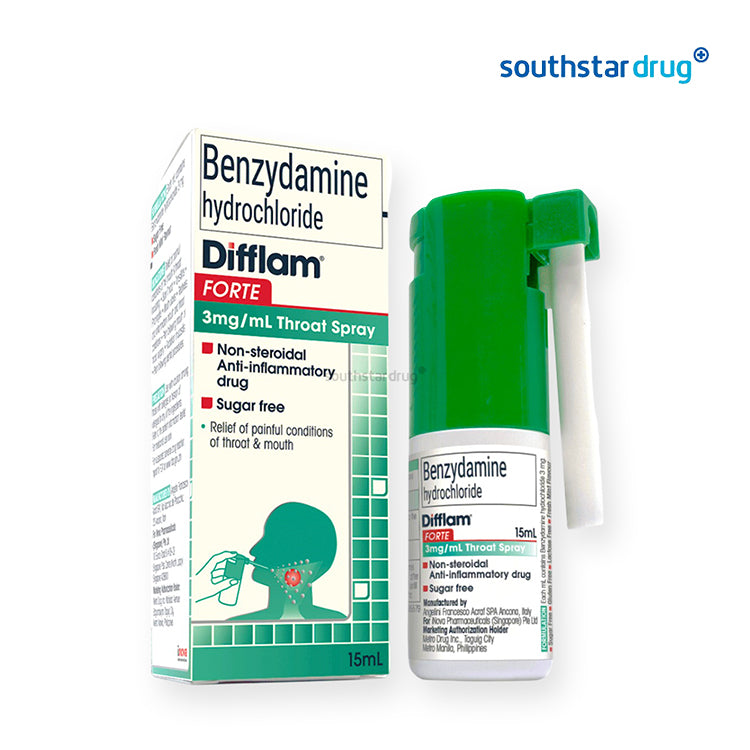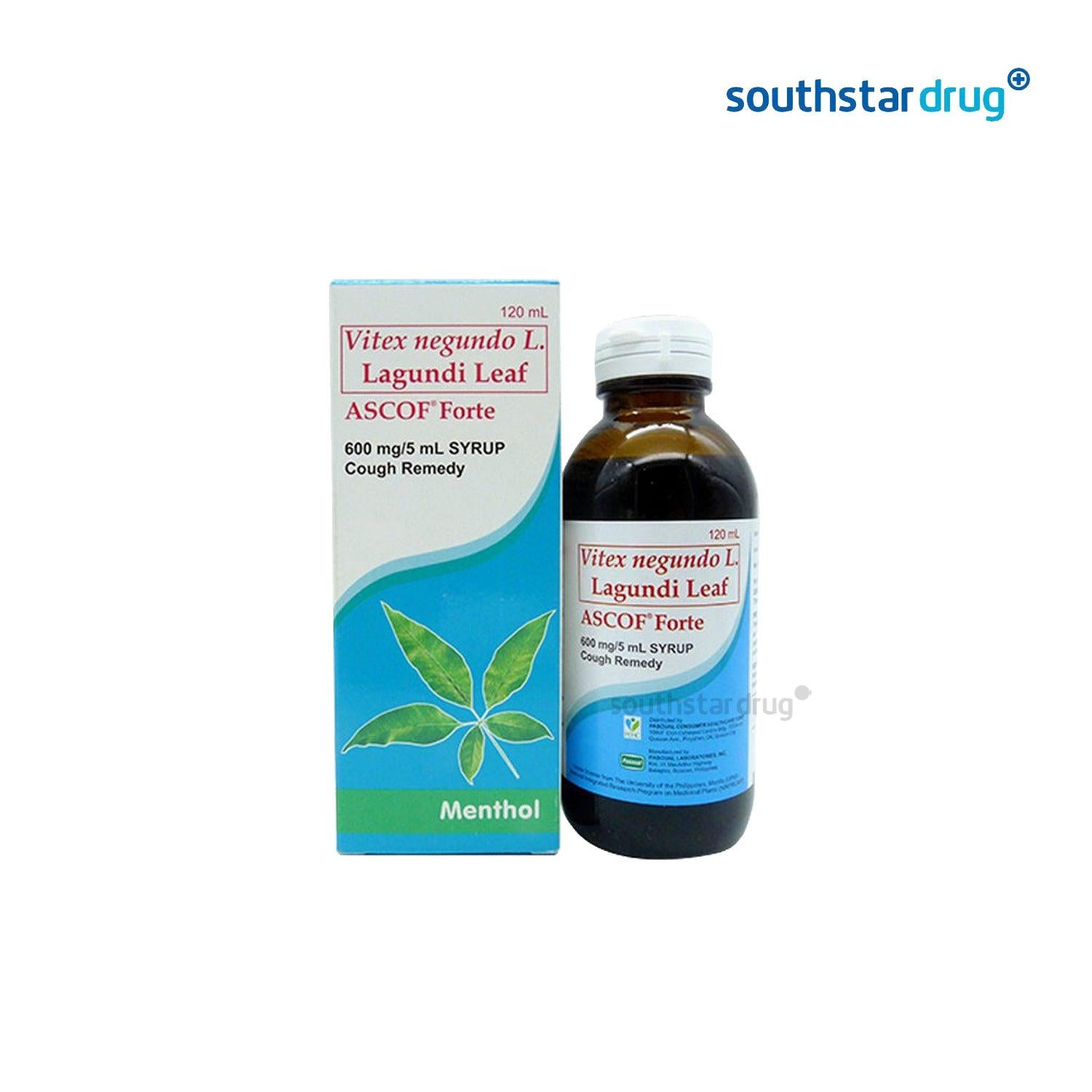Health Guide
Sidebar
Know More About the Top 5 Respiratory Diseases Among Filipinos
Published by: Frazdic Sta. Ana
Respiratory diseases are among the leading health concerns in the Philippines, affecting millions of Filipinos...
5 Viral Diseases That Can Be Deadly but Also Easily Prevented
Published by: Frazdic Sta. Ana
Some of the world’s deadliest diseases aren’t seen in history books or health journals—they remain...
Top 9 Considerations When Buying Generic Medicines
Published by: Frazdic Sta. Ana
Prescription drugs can be expensive and many budget-conscious Filipinos are always on the lookout for...
10 Southstar Drug Housebrand Products You Should Try Today
Published by: Frazdic Sta. Ana
When shopping for health and personal care essentials, it’s easy to stick with familiar brands....
Top 5 Throat Care Tips to Help Maintain Good Oral Health
Published by: Frazdic Sta. Ana
Maintaining good oral health is more than just brushing and flossing your teeth; it’s also...











